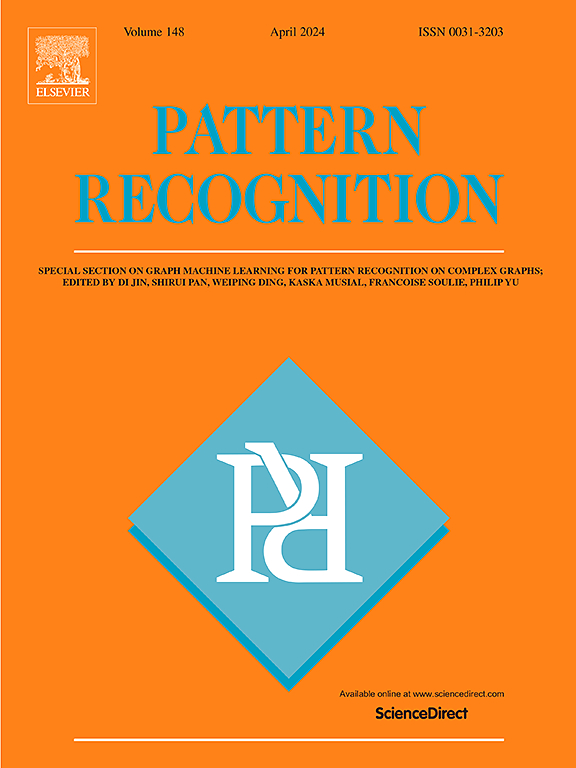通过区域风格整改生成人物形象
IF 7.6
1区 计算机科学
Q1 COMPUTER SCIENCE, ARTIFICIAL INTELLIGENCE
引用次数: 0
摘要
人物图像生成是一项具有挑战性的任务,已经在许多以人为中心的应用程序中使用。目前的人物图像生成方法主要侧重于将源图像的纹理特征转移到目标姿态上,而忽略了源图像对生成结果的约束作用。本文提出了一种用于人物图像生成的区域风格校正网络,其目的是利用源图像的风格信息来改善生成的人物图像的纹理。在该模型中,我们设计了区域风格补偿模块,通过生成区域风格残差图,将生成图像中与形状无关的风格信息向源校正。进一步,我们提出了一种区域风格一致性损失来加强风格校正,实现了源图像对目标图像生成的直接监督,忽略了源图像和目标图像之间的形状差异。此外,我们使用了基于双注意力的纹理转换模块,该模块利用源图像和目标图像之间的相关性来更好地保留源图像的纹理特征。姿态转移和属性编辑的实验结果验证了该模型的有效性。本文章由计算机程序翻译,如有差异,请以英文原文为准。
Person image generation via regional style rectification
Person image generation is a challenging task and has been used in many people centered applications. Current person image generation methods mainly focus on transferring the texture features of the source image to the target pose, but ignore the constraint effect of the source image on the generated results. In this paper, we propose a regional style rectification network for person image generation, which aims to use the style information of source images to improve the textures of the generated person images. Within the proposed model, we design a regional style compensation module to rectify the shape-independent style information of the generated image to the source by producing a regional style residual map. Furthermore, we propose a regional style consistency loss to strengthen the style rectification, which realizes the direct supervision of source images over target image generation, ignoring the shape differences between the source and target images. Besides, we use a dual-attention-based texture transformation module which exploits the correlations between source and target images to better preserve the texture features of source images. The experiment results for pose transfer and attribute editing demonstrate the effectiveness of the proposed model.
求助全文
通过发布文献求助,成功后即可免费获取论文全文。
去求助
来源期刊

Pattern Recognition
工程技术-工程:电子与电气
CiteScore
14.40
自引率
16.20%
发文量
683
审稿时长
5.6 months
期刊介绍:
The field of Pattern Recognition is both mature and rapidly evolving, playing a crucial role in various related fields such as computer vision, image processing, text analysis, and neural networks. It closely intersects with machine learning and is being applied in emerging areas like biometrics, bioinformatics, multimedia data analysis, and data science. The journal Pattern Recognition, established half a century ago during the early days of computer science, has since grown significantly in scope and influence.
 求助内容:
求助内容: 应助结果提醒方式:
应助结果提醒方式:


